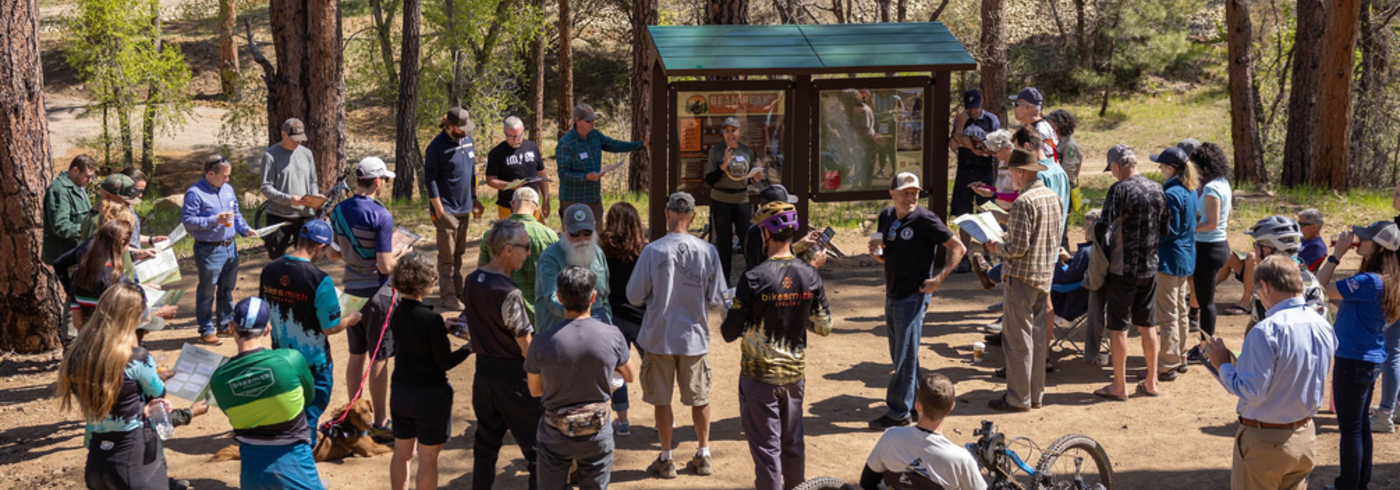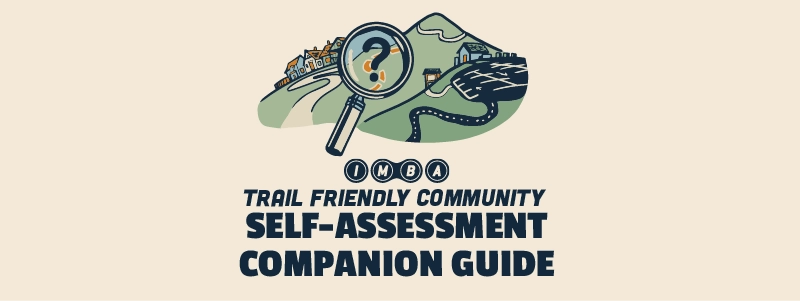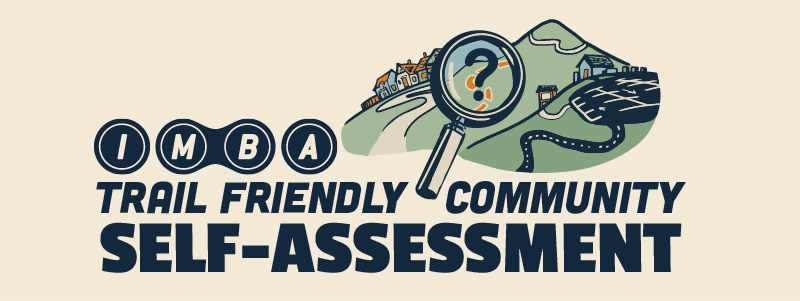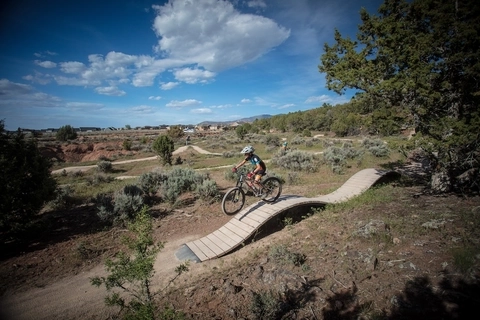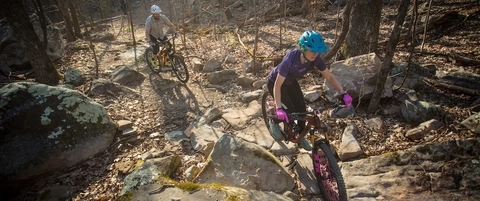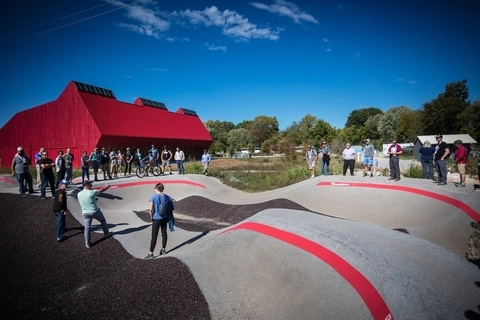A Trail Friendly Community embodies the essence of a welcoming and vibrant locale, where the beauty of nature intertwines seamlessly with community life. It's not just a place, but an ethos—a commitment to fostering a diverse array of outdoor experiences within reach of every resident and visitor. In a Trail Friendly Community, trails aren't merely pathways; they're the arteries of connection, inviting exploration and adventure.
What does it mean for your community to embrace the Trail Friendly Community ethos? It means investing in the health and happiness of residents, promoting active lifestyles, and preserving the natural beauty that defines your region. It means attracting and retaining top talent by offering unparalleled recreational opportunities. It means instilling a love for the great outdoors in the hearts of our youth, ensuring a legacy of stewardship for generations to come. And all of this begins with well-planned trail systems that provide access for all users.
If your community rises to the challenge, you may find yourself ready to pursue the upcoming IMBA Trail Friendly Community designation—a badge of honor that celebrates your dedication to outdoor excellence. This designation acknowledges the hard work of your community members and serves as a beacon to visitors, assuring them that your town is a haven for outdoor adventure.
Applications for the Trail Friendly Community designation will open in 2025, and the Trail Friendly Community Self-Assessment tool is available now to help communities prepare.Before beginning the self-assessment, review the FAQ below and the full companion guide for a preview of questions as well as guidance on who to involve and how to prepare.
IMBA developed the Trail Friendly Community self-assessment in partnership with West Virginia University's Smith Outdoor Economic Development Collaborative and Extension Service, with the goal of creating a comprehensive assessment that analyzes trails and bike infrastructure through a broad lens of community development. WVU also assisted IMBA with the technology and user experience behind the assessment, allowing users to receive an immediate score and suite of recommendations after completion. IMBA thanks West Virginia University for making an investment that will support communities across the country.
Frequently Asked Questions
Who Should Take This Assessment?
Any community member who can leverage the results to improve their local trail amenities and corresponding community support. This could include city or county staff, trail advocates, members of friends groups, economic development staff, tourism or chamber of commerce staff, community development professionals, and so on. This survey should provide food for thought that can be shared across these organizations to inspire ideas, collaboration, and impetus for action.
While an individual may complete the assessment, this tool is most impactful when worked through as a group of stakeholders representing a variety of organizations and agencies involved in creating a great place to live, work and ride.
Should I fill this out by myself?
You can, but the most effective way to approach the tool is to complete it with a group of varied stakeholders that could include the local MTB/trail organization, land managers, officials, community development staff, etc. The conversations that will come from this joint effort will be invaluable to your process. You’ll find the survey questions in our companion guide, so that your team can discuss them prior to filling out the assessment.
How long will this assessment take to complete?
If you are familiar with all of your community’s trails and the types of community support around them, it will take about 30 minutes to complete. If you’re not a trail user, it may take 30-60 minutes to gather the information you need to complete the assessment.
Can I save my answers to return to the survey?
Yes, you can exit the assessment, return to it, and find your answers saved. We recommend previewing questions in the guide to prepare information in advance of beginning the assessment.
What happens after I submit my assessment?
You’ll see your results immediately, and a followup email that recaps your score and recommendations will be sent to you. Hold onto this email, since the information in it could be useful for some time to come. If you opt into receiving communications from IMBA, we will also send you periodic information about trail development, fundraising, educational opportunities and more.
For a full list of FAQs, download the Trail Friendly Community Self-Assessment Companion Guide.
